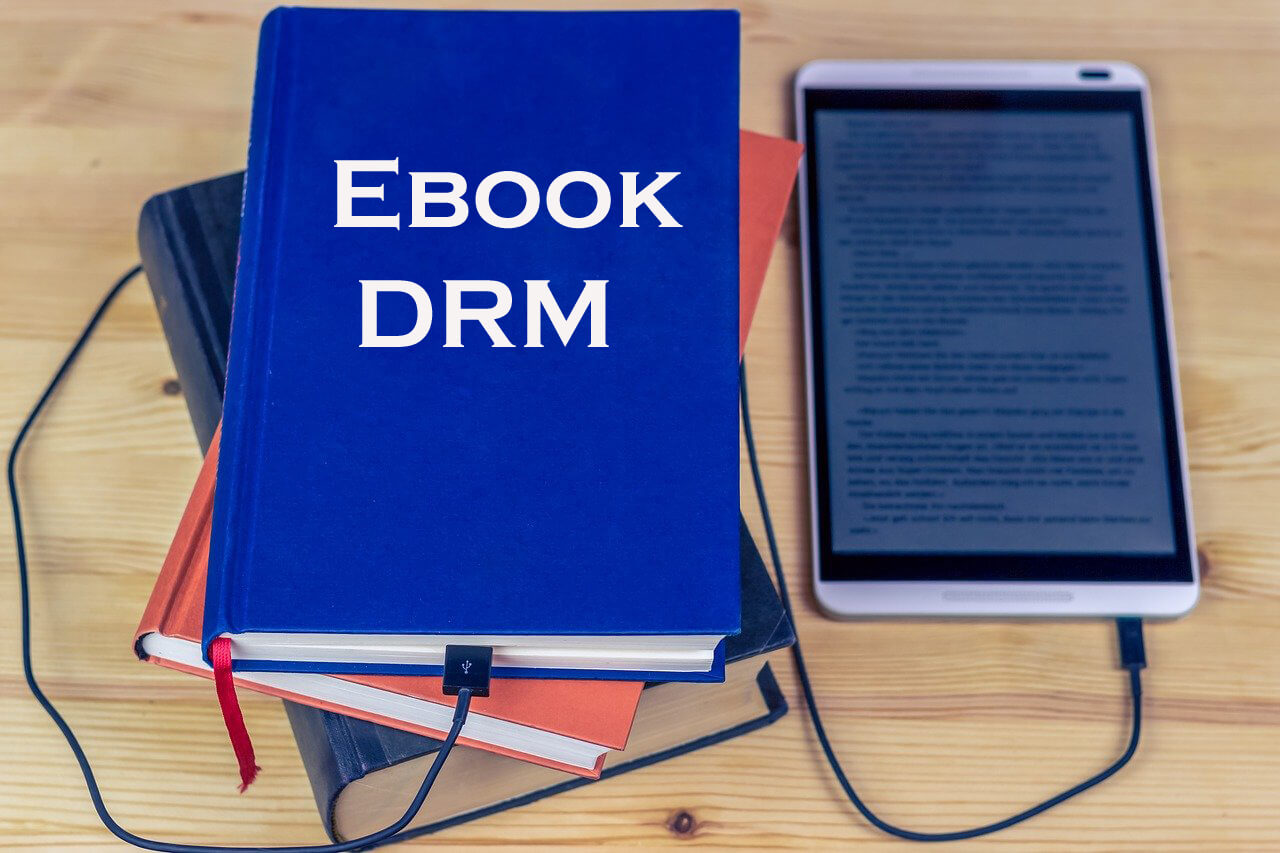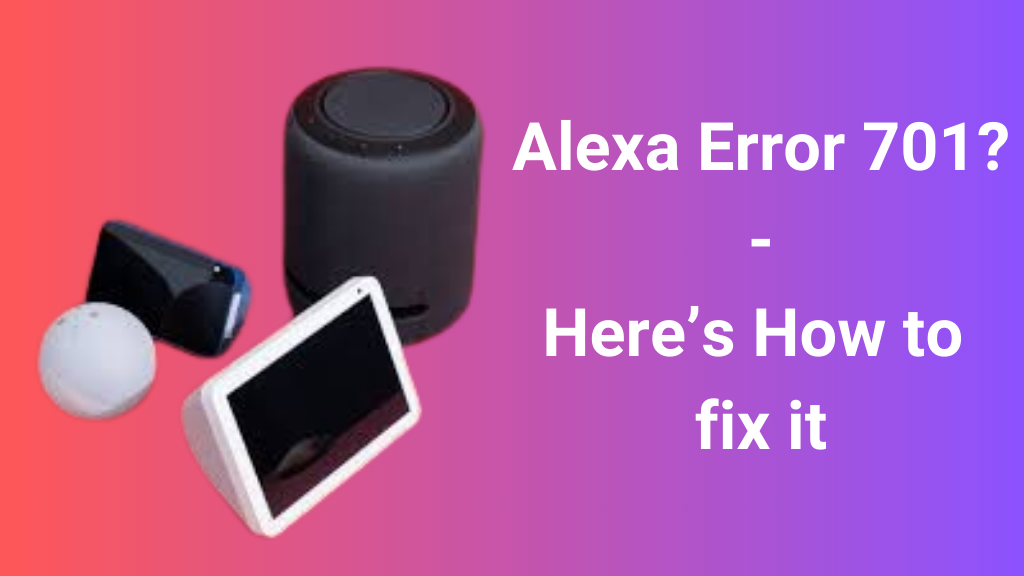How to Protect Ebooks from Sharing with DRM
When you hear about piracy, it’s often video games, movies, and tv series that get the spotlight. In the background, however, ebook piracy is out of control. In 2017, there were 16.5 millione book pirates in the United States alone, with an estimated $315 million in sales lost as a result.
The sad reality is that pirating an ebook is incredibly easy. There are numerous public forums, torrent sites, and IRC channels that openly distribute a large catalog of ebooks for free. In many cases, all it takes is a Google search for users to find what they need. Whether an author is self-published or traditionally published, this affects their bottom line and creates a less sustainable environment for everyone involved.
EbookDRM
So, how do you stop that from happening? The only real solution is Digital Rights Management (DRM) software. Ebook DRM software allows a publisher to apply restrictions to a copy of the ebook that determine who can read it, whether they can edit it, and how many devices it can be registered to. Typically, they do so by encrypting the book with government-strength encryption which can only be decrypted with a key issued to the customer under certain circumstances.
The purpose of this ebook protection, in an ideal world, is to eliminate unauthorized distribution without significantly affecting genuine owners. Some of the most popular ebook DRM solutions are Adobe DRM, ReadiumDRM, and various Kindle DRMs.
However, it’s worth noting that not all DRM software is equal. When choosing ebook DRM software, you have to consider what restrictions you require, whether the solution effectively enforces them, and what kind of impact this would have on the consumer. Some additional factors to consider include:
File format: Kindle AWS, Adobe epub, orPDF? How widely used is the file format, how portable will it be as a result (i.e. the number of devices it is supported by), and how well will it scale to different screen sizes?
Security: Are there readily available cracks for the ebookDRM, such as with Adobe and Kindle? Is there a more secure ebook alternative that delivers similar features?
Copying: What kind of copy/paste protection does the ebookDRM have? If it doesn’t have the relevant controls, what are you going to do to stop users from copying the content to another user or document?
Online/offline use: Do your users expect to consume their documents offline (without being connected to the Internet) and does your DRM solution support their preferences? Some solutions require a constant internet connection for authentication.
Device control: Once a document is on a user’s device, are there controls in place to stop them from moving it to a friend’s device? Device controls or machine locking, lock a document to a specific device so that it can’t be opened even in this scenario. However, there’s a balance to be made: some users may want to have the same document on multiple devices so the ebook DRM software should allow for this.
Printing: Does your reader have access to the ebook in an environment where they can simply print it and distribute copies? If so, you may need ebook DRM with the ability to block printing.
Screen grabbing:Ebook DRM software should prevent high quality screenshots from being taken by use of printscreen and screen grabber tools. It should also support dynamic watermarks so that if a user takes a photo of the screen with their phone then their name and email is displayed in the screenshot.
Location control: In some cases, such as with sensitive information, more restrictive DRM controls are required. Location control allows a publisher to lock access to a specified location, such as an office or government department.
Expiry: If you are planning to rent ebooks, expiry controls are essential. Good ebookDRM software will let you expire a book after a certain date, a number of days after it was opened, or after a certain number of views/prints.
Protecting ebooks from copying with DRM
Of course, when it comes to protecting your ebook with DRM, a balance must always be considered. You must weigh up the inconvenience strong DRM controls could cause against the protection they’ll offer. In the case of DRM systems that have been widely cracked, such as Amazon, Apple, and Adobe, you’re sacrificing convenience with little protection from piracy. Tools like the Calibre DeDRM plugin or Epubor will remove the DRM from a legitimate copy in a few button presses, allowing it to be shared with ease.
Though a working DRM will (by design) affect how a customer can interact with their product, a good ebook DRM solution will minimize inconvenience where possible while retaining the same level of copy protection.The little inconvenience that’s left can be mitigated by passing on the savings from the lowered costs of ebook production to the consumer in the form of lower prices.
By combining this strategy with careful choice of ebookDRM software, publishers and authors can realize increased revenue, better usage tracking, and ultimately total control over their intellectual property.














Post Comment
You must be logged in to post a comment.